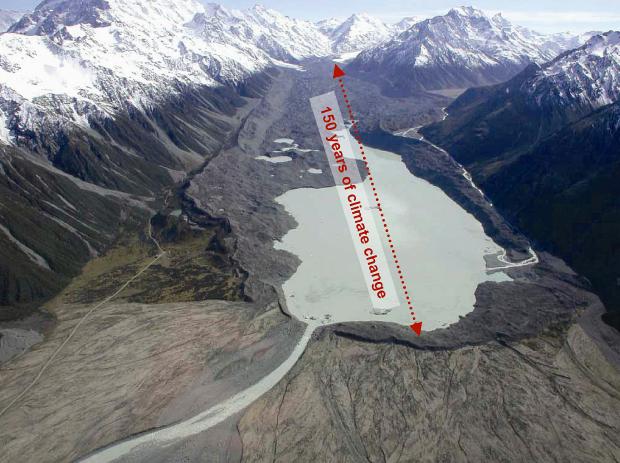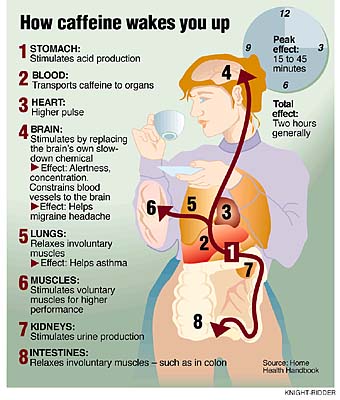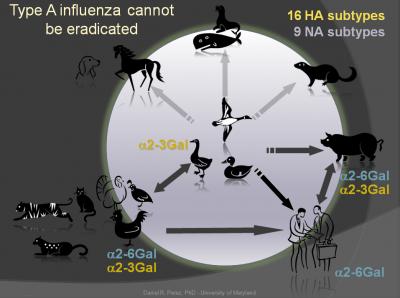Narcolepsy affects about one in 2,000 people and is characterized by daytime drowsiness, irregular sleep at night and cataplexy — a sudden loss of muscle tone and strength. Stanford University School of Medicine scientist Emmanuel Mignot, MD, PhD, and others showed in the late 1990s that the disease stems from a lack of hypocretin, a hormone that promotes wakefulness; they later showed that narcoleptics are missing brain cells that produce this hormone.
Now Mignot and collaborators say that a specific immune cell is involved in the disorder — adding evidence that narcolepsy may be an autoimmune disease.
Most of the world's glaciers are retreating as the planet gets warmer but some, including glaciers south of the equator in South America and New Zealand, are growing.
At least for New Zealand glaciers, scientists have offered an explanation: for the last 7,000 years, they have often moved out of step with glaciers in the Northern Hemisphere, pointing to strong regional variations in climate, the authors write in Science.
Conventional wisdom holds that during the era of human civilization, climate has been relatively stable. The new study is the latest to challenge this view, by showing that New Zealand's glaciers have gone through rapid periods of growth and decline during the current interglacial period known as the Holocene.
MicroRNAs are single-stranded snippets that, not long ago, were given short shrift as genetic junk. Now that studies have shown they regulate genes involved in normal functioning as well as diseases such as cancer, everyone wants to know: What regulates microRNAs?
Scientists at Johns Hopkins were surprised to find an elegantly simple answer: touch.
In a new study, published in the Proceedings of the National Academy of Sciences, the researchers discovered that cell-to-cell contact revs up the manufacture of these small but mighty molecules.
Ever miss your daily cup of coffee and subsequently get a pounding headache? According to reports from consumers of coffee and other caffeinated products, caffeine withdrawal is often characterized by a headache, fatigue, feeling less alert, less energetic and experiencing difficulty concentrating. Caffeine withdrawal is at its worst between 24 to 48 hours and lasts up to a week.
Everyone is blaming H1N1, but could a different strain of Influenza be the cause of Mexican deaths?
A new study by University of Maryland researchers suggests that the potential for an avian influenza virus to cause a human flu pandemic is greater than previously thought and the results also illustrate how the current H1N1 swine flu outbreak likely came about.
 Study: Caloric Restriction In Humans And Aging
Study: Caloric Restriction In Humans And Aging Science Podcast Or Perish?
Science Podcast Or Perish? Type 2 Diabetes Medication Tirzepatide May Help Obese Type 1 Diabetics Also
Type 2 Diabetes Medication Tirzepatide May Help Obese Type 1 Diabetics Also Life May Be Found In Sea Spray Of Moons Orbiting Saturn Or Jupiter Next Year
Life May Be Found In Sea Spray Of Moons Orbiting Saturn Or Jupiter Next Year








